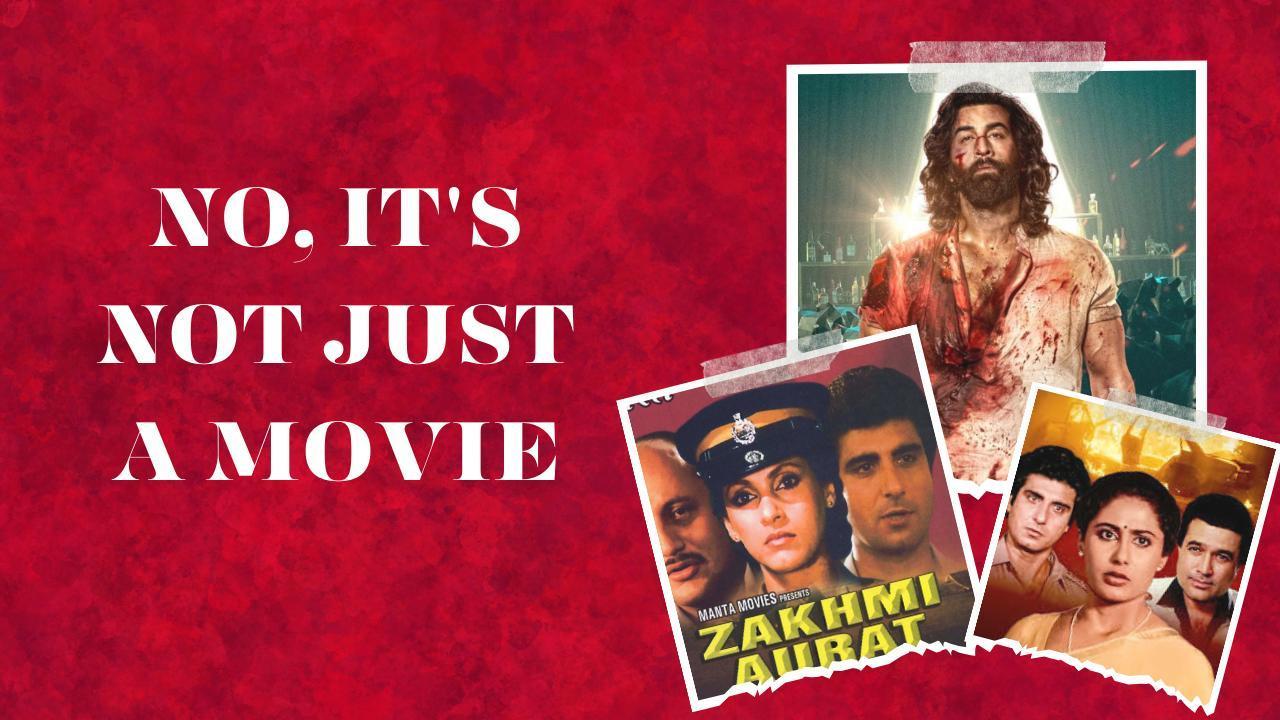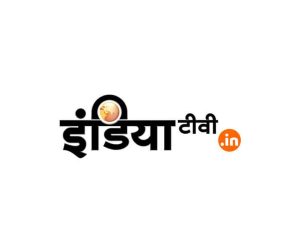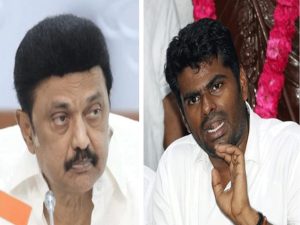
Bollywood thrives on grand sets and catchy songs, yet women are still portrayed as helpless figures, sidelined to please the male gaze. Here’s an in-depth look at why Bollywood needs to change.
Can Bollywood break free from its troubling past and present? Bollywood’s influence is undeniable, shaping our views and sometimes offering a counter-narrative to societal norms. What makes Bollywood so successful is its mix of captivating storylines, lavish sets, and memorable songs, all wrapped in a dose of exaggerated extravagance that people love. Yet, despite all this sparkle, one thing stubbornly remains the same—the portrayal of women. Time and again, they’re reduced to helpless figures—damsels in distress—often sidelined in the plot but carefully crafted to satisfy the male gaze.
This issue is not new. Despite the industry producing women-centric films like Piku, English Vinglish, and Pink that aim to educate and inspire audiences, the number of movies that glorify domestic violence and sexual assault far outweigh them. The ratio speaks for itself, and it’s glaring. Many highly praised films over the years have featured themes of violence against women. With the rise in sexual violence in India, it’s hard to ignore the possibility that Bollywood may be contributing to the country’s growing rape culture.
Since the 1980s, movies have overtly promoted violence against women. In Zakhmi Aurat (1988), there was a harrowing 7-minute-long rape scene, seemingly created to satisfy male fantasies of dominance. The attacker uses increasing force to overpower the victim, making his “victory” more rewarding. Similarly, in the 1986 film Angaarey, Jolly, played by Shakti Kapoor, stalks and brutally assaults Aarti, portrayed by Smita Patil, in her own home. In Bhagawan (1993), a woman is forced to marry the man who raped her to protect her family’s honour, completely disregarding her trauma and pain in favour of societal expectations.
The years roll on, and it’s now 2024, but has anything really changed on screen? The portrayal of heroes winning women through stalking and rape did decrease over time, offering a glimmer of hope. But then, Kabir Singh, the Bollywood version of ‘Arjun Reddy’, was released in 2019. The movie blatantly glorified misogyny, reflecting the male-dominated culture in India.
. In the introduction, Kabir holds a knife to a girl, demanding she undress while a fast-paced soundtrack glamorizes his behavior. Kabir kisses Preethi (his ‘love interest’) the moment they meet, yet faces no consequences. Instead, he’s rewarded when she falls in love with him, reinforcing the idea that men can dominate women to get what they want. It’s startling that Preethi’s voice is barely heard until the film’s midpoint. When Kabir slaps her, she begs for his forgiveness instead of standing up for herself.
The question persists: It’s just entertainment, right? Can’t we just relax? While arguments for freedom of artistic expression abound, the reality is that films have a far-reaching influence. Strong character development, engaging plots, redemption arcs, or a deep dive into the mind’s descent into madness often mark cult classics. Conversely, movies like Animal, written and directed by Sandeep Reddy Vanga and released in December 2023, perpetuate harmful stereotypes. It’s another alpha-male, chauvinistic film that diminishes, objectifies, and sexualizes women while glorifying violence like slitting throats, shooting people, and strangling business rivals—all under the pretext of “protecting the family.” The relationships that actually hold families together are disrespected.
The male lead in Animal inflicts both physical and emotional abuse on his wife, girlfriend, sister, and mother, always finding ways to justify his atrocious actions. What is shocking is how the movie normalizes all his crimes by simply labeling him as an “animal.”
When movies like these have been influencing minds for generations, it’s no wonder they contribute to the increase of rape culture in India. The repeated glorification of toxic masculinity, objectification of women, and trivialization of violence against them send a dangerous message. By constantly portraying dominance, abuse, and control as acceptable—even heroic—behavior, these films reinforce harmful attitudes that seep into society, encouraging a culture where such actions are not just tolerated but often celebrated.
In conclusion, Bollywood’s undeniable influence, combined with its remarkable ability to blend storylines, lavish sets, and catchy songs, has a significant impact on shaping societal views. Nonetheless, this indomitable industry urgently needs a shift in how it portrays women, moving away from rendering them as mere objects of the male gaze. It’s high time for Bollywood to take responsibility and spearhead change for a more balanced, respectful portrayal of women in its cinematic universe.












